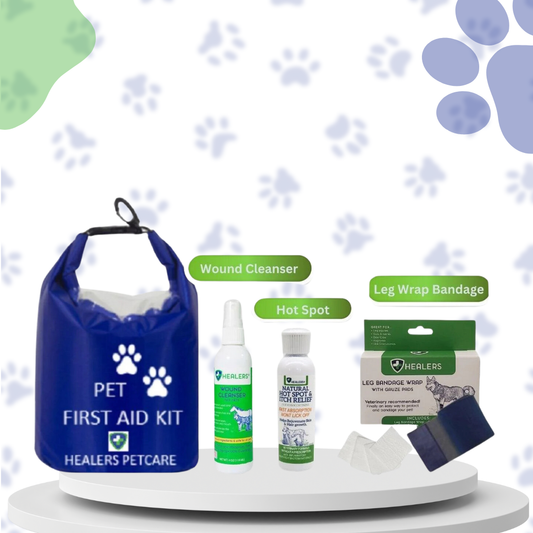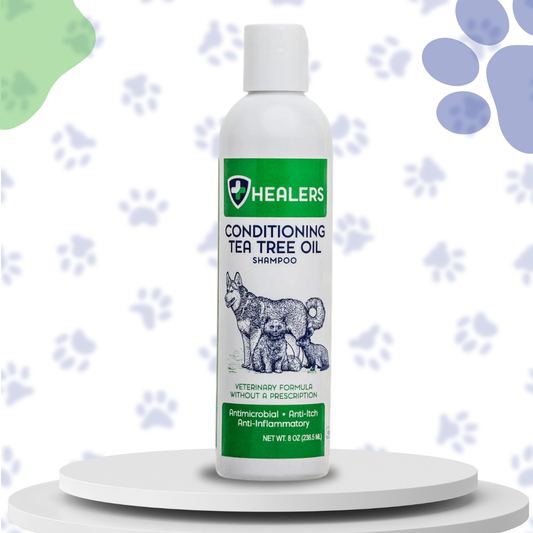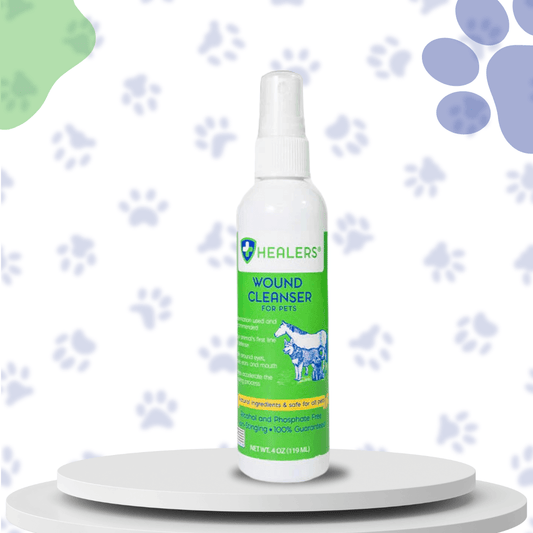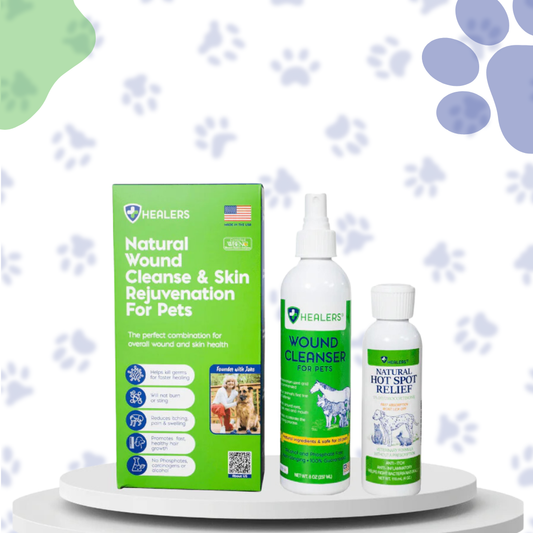Keeping Your Dog’s Paws Safe
Keeping Your Dog’s Paws Safe

For many people, nothing is more enjoyable than spending time with their dog. Unless he is ill or in pain, it’s very unlikely your furry friend will turn down the chance to go and do anything with you. He’s all in for whatever you want to do.
If you live in a temperate climate, or in an area where the days are getting longer and warmer, outdoor adventure is most likely on the schedule. Rover loves to come along. Not only is he spending time with his person, but he also gets to sniff new smells, see new places, and hear unrecognized sounds.
Rover trusts you implicitly and knows you would never take him any place that isn’t safe. But is that true? Certainly you would never intentionally expose your furry friend to danger. But there can be hidden dangers you don’t think about.
Hot surfaces
Asphalt and concrete can scald or burn dog paw pads the same as it can your feet. How do you know if it’s too hot for your dog? Put your hand, palm down, on the surface. If you can’t tolerate the heat for more than seven to ten seconds, it’s too hot for your dog’s feet to walk on safely.
The same is true for sand and you can test it the same way. It’s wonderful to walk barefoot on a sandy shore with the water lapping gently over your feet and the mud oozing between your toes. But if you have to walk very far to get from where you’ve parked to the wet part of the shore, most likely you have a pair of sandals or flip-flops to take you from your car to the cool sand. That hot sand is no more comfortable for your dog to walk on than it is for you.
Hiking trails
Maybe you head for the hills, mountains, or woods for a nice hike with Rover. Although these trails may be cooler to the touch, there are other dangers inherent to walking paths. Small rocks, sharp twig bits, and even broken glass can injure your dogs’ paws. A bit of mud or slime on the path can make it slippery and cause your furry buddy to fall or even slide down a steep path.
Insects and snakes
You likely take care to protect your dog from fleas and ticks, especially in wooded areas. But beware of other bugs as well. A paw coming down on a fire ant, wasp, or bee can cause a painful bite or sting. Be sure to watch for snakes as well: some dogs find those weird smelling, wriggling sticks very interesting and may decide to go in for a closer look. A snake bite can be just as dangerous – and definitely as painful -- to your dog as it is to you.
You’ve got to keep an eye out for these potential dangers to your dog the same as you do for yourself. You can add an additional layer of protection to these hazards by investing in some boots for your dog. They will protect him again hot surfaces, can help his traction on slick trails, and may provide some limited protection against twigs and rocks.
Dog boots can also provide protection again ice, snow, and antifreeze in the winter. They can keep your dogs’ paws clean of mud during the rainy season. A boot that you can rinse off in the sink is a lot easier to clean than a damp dog who doesn’t want to stand still and wait while you de-mud his feet.
Boots like Urban Walkers are a comfortable, valuable, and affordable option for keeping your dog’s feet protected regardless of the weather or location.

Outdoor excursions, even the necessary trips outdoors, can be a lot of fun for you and your dog. Do your best to keep your dog on cool grass when you can. Move or steer clear of hazards where he’s walking. By keeping an eye on where Rover’s walking – and boots on his feet – you can keep these outings all the more fun for you both.


Pam Hair





